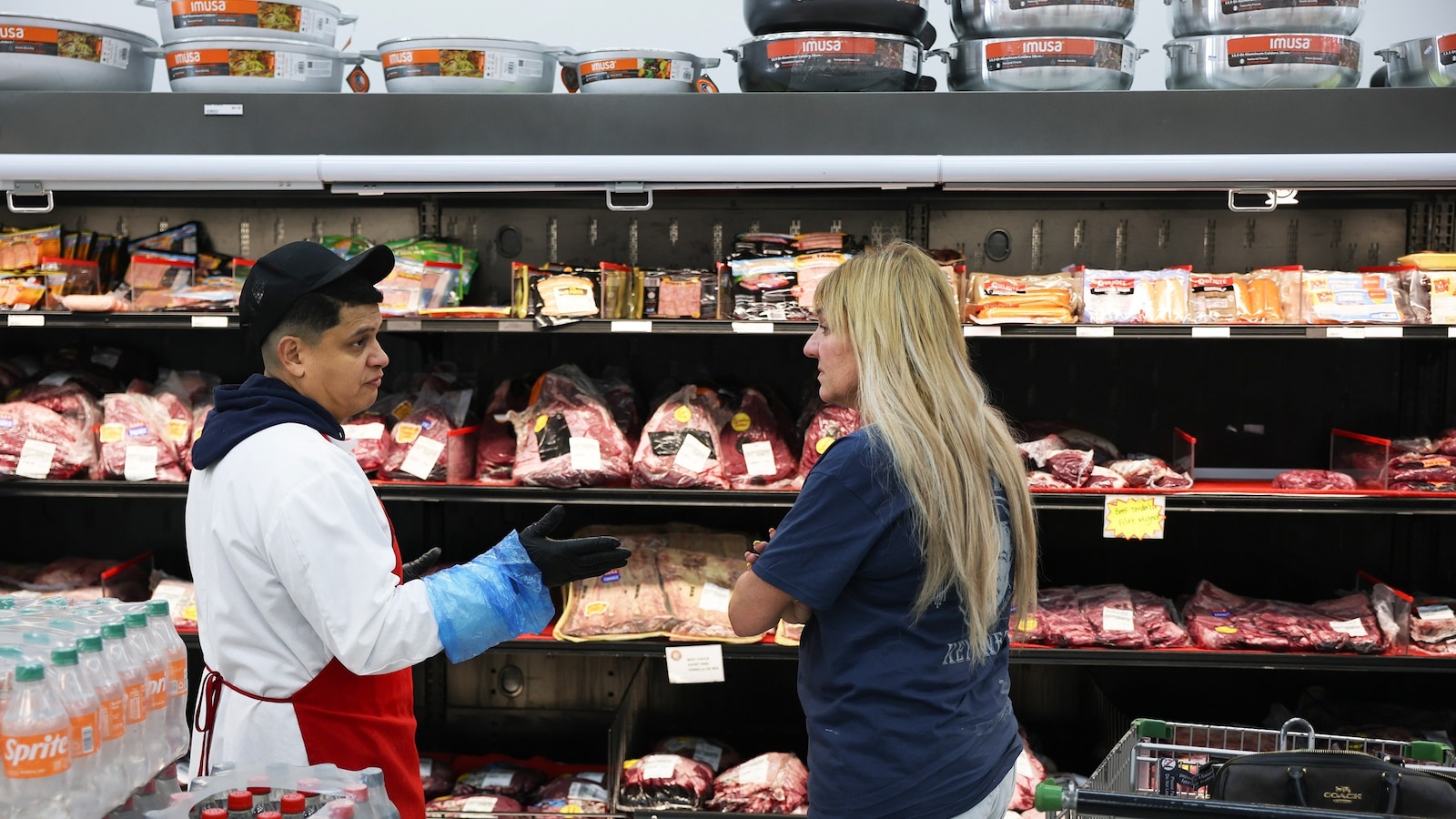U.S. Economy Rebounds Strongly in Second Quarter, Exceeding Growth Forecasts
The U.S. economy rebounded strongly in Q2 2025 with 3% growth, exceeding forecasts. This followed a Q1 contraction due to imports and tariffs, showcasing economic resilience.
Subscribe to unlock this story
We really don't like cutting you off, but you've reached your monthly limit. At just $5/month, subscriptions are how we keep this project going. Start your free 7-day trial today!
Get StartedHave an account? Sign in
Overview
- The U.S. economy contracted by -0.5% in the first quarter of 2025, primarily due to a surge in imports and a record trade deficit as businesses aimed to pre-empt impending tariffs.
- Despite the initial downturn, the U.S. economy experienced a robust rebound in the second quarter of 2025, achieving a significant 3% annualized growth rate.
- This impressive second-quarter economic expansion surpassed expectations, as economists had only forecasted a more modest 2.4% increase in the Gross Domestic Product.
- The strong 3% growth was achieved even with the ongoing impact of President Trump's tariffs, which had previously influenced economic activity and contributed to the Q1 deficit.
- The sharp acceleration in growth during the second quarter of 2025 marked a notable turnaround, demonstrating the economy's resilience after its earlier contraction.
Report issue

Read both sides in 5 minutes each day
Analysis
Center-leaning sources cover the US economy's Q2 growth by presenting factual data and explaining its drivers, such as decreased imports linked to tariff effects. They include diverse perspectives, like The New York Times' assessment of "anemic, though positive" growth and the Federal Reserve's cautious stance, alongside President Trump's reaction, demonstrating a balanced and comprehensive report.
Articles (8)
Center (4)
FAQ
The U.S. economy contracted by -0.5% in Q1 2025 primarily due to a surge in imports and a record trade deficit as businesses sought to pre-empt impending tariffs.
The strong 3% growth in Q2 2025 was mainly due to a decrease in imports, an increase in consumer spending, and a spike in net exports that positively affected GDP, despite ongoing tariffs.
The 3% GDP growth in the second quarter exceeded economists' expectations, which had forecasted a more modest 2.4% increase.
Despite the robust Q2 rebound, weak consumer spending and investment point to slower growth ahead, and some forecasts predict potential recession risks by late 2025 due to tariffs and fiscal challenges.
Tariffs have influenced economic activity by contributing to fluctuations in imports and exports, causing distortions that led to the Q1 contraction and helped fuel the Q2 rebound as businesses adjusted their trade behaviors.
History
- 3M

 4 articles
4 articles




